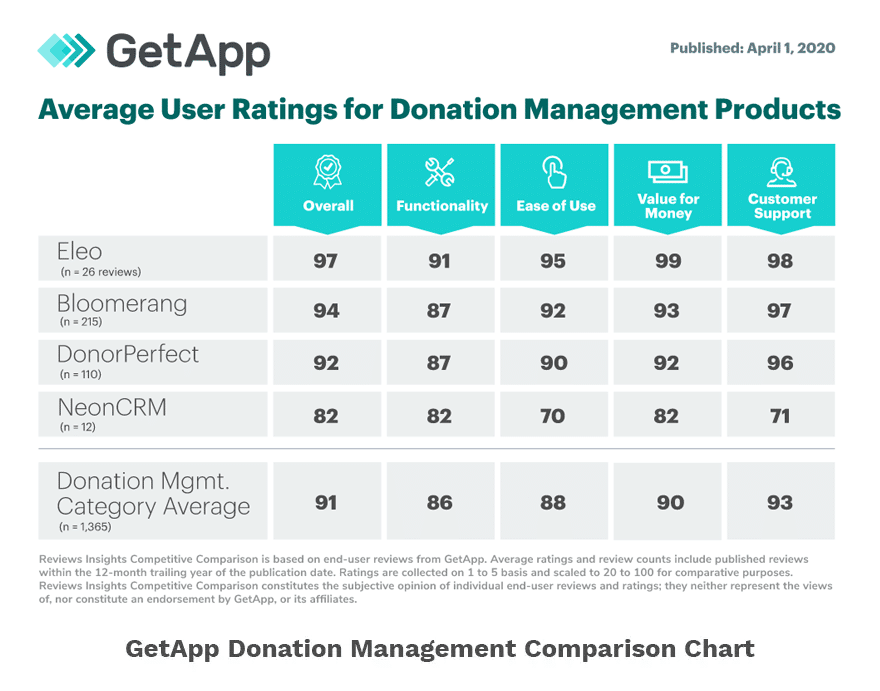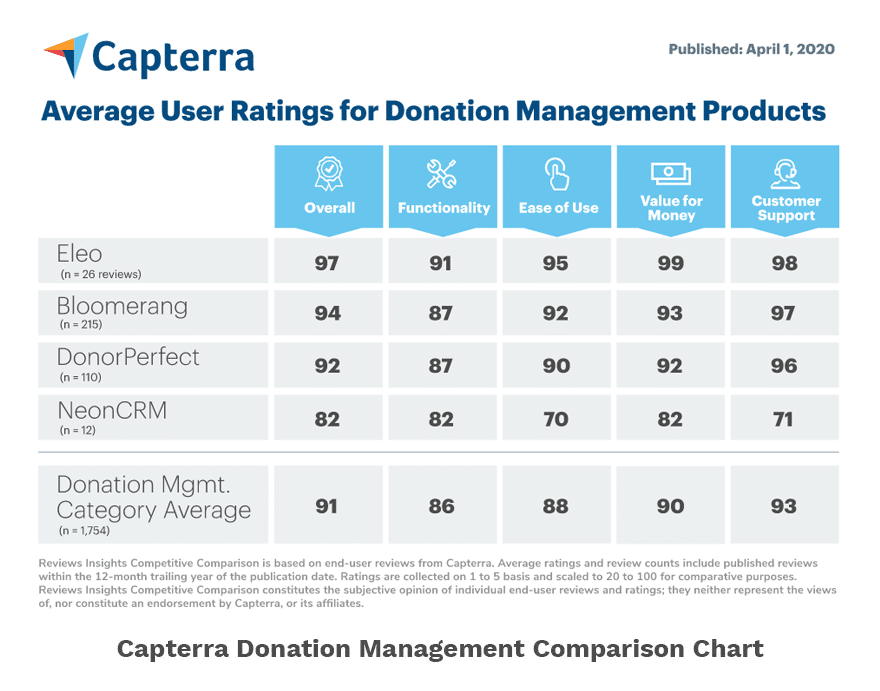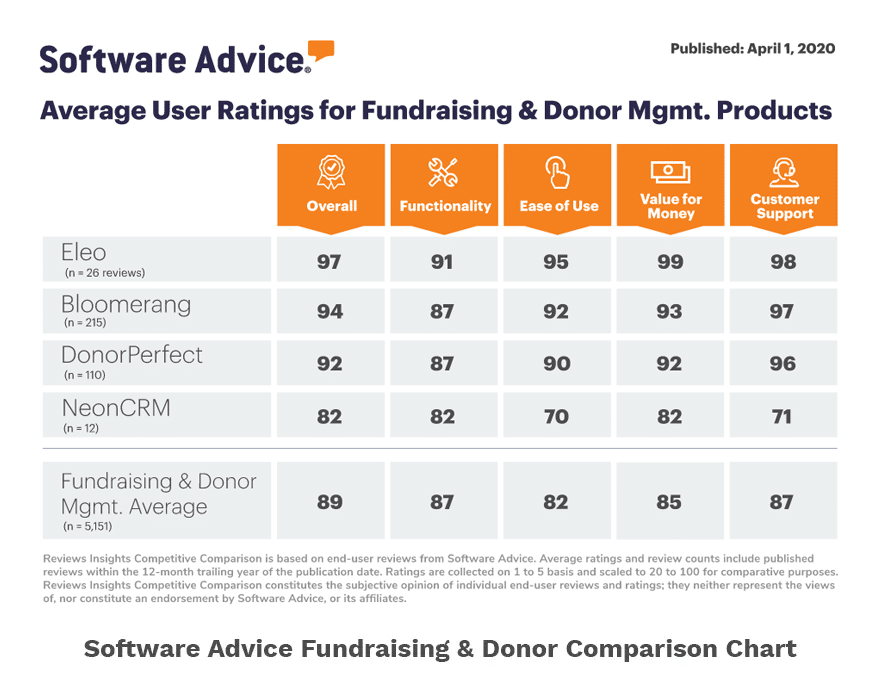
All over the world, there are more hurricanes, tornadoes, floods, wildfires, and earthquakes than ever. Beyond weather events and natural disasters, small nonprofits can be directly impacted by cybercrime, an act terrorism, or even the death of someone in a senior leadership position.
In times of crisis, is your small nonprofit prepared to respond? How will you communicate with key contacts? Will your data and applications be accessible?
We have bad news and good news. The bad news is that the vast majority of small nonprofits have no crisis management plan. The good news is that there are simple steps you can take to ensure your organization is prepared in case of an emergency!
Internal vs. External Crisis
An internal crisis refers to an event that creates a state of emergency within your small nonprofit, such as a flood that wipes out your facilities. The key to successful internal crisis management is effective communication.
An external crisis could involve any event that creates a state of emergency involving your local community or the groups who are impacted by your mission. For example, if you support education in a third-world country and that country is hit with a hurricane, this would be an external crisis. The response to an external crisis typically focuses on fundraising.
For the purpose of this article, we’ll focus on internal crisis management and steps you can take to better prepared for an emergency.
1) Assemble a Team from Board and Staff
Identify a single individual to oversee all crisis management activities and build a small team to execute the strategy. Clearly define roles and responsibilities, such as internal communication, external communication, donor outreach, media relations, recovery of data and technology, etc.
2) Formulate a Plan
Where will your nonprofit operate if your main facility is inaccessible, severely damaged, or destroyed? What is the best way to communicate with key groups of people? Who will serve as the spokesperson for your organization in the event of a crisis? Do you have messaging prepared so you can quickly begin outreach instead of scripting phone calls and emails?
Think about who needs to be contacted, how they should be contacted, what various individuals need to know, and what is the most effective way to convey that information.
3) Add Emergency Contacts to Your Donor Database
Your donor database isn’t just for donors. Include staff, board members, and volunteers, as well as local law enforcement and emergency response personnel, public safety officials, community leaders, technology providers, media contacts, vendors, and suppliers. Each group can be neatly segmented and organized with regularly updated information in your donor database.
Just like you want all your donor data in one central location, having all contact information in the same place will allow you to execute a crisis management plan quickly and efficiently.
4) Move Data and Applications to the Cloud
Technology assets stored in the cloud are automatically backed up so they can be quickly accessed from virtually any location and device, which allows your team to work remotely in a pinch. Cloud environments are also more secure than on-premises technology because cloud providers have advanced security software and in-house expertise that small nonprofits do not.
Dress for Success Northern NJ, an Eleo client, had a fire in their building but managed to continue operating with minimal disruption for two reasons. First, they were able to immediately contact other local organizations who graciously stepped up to help. Second, their data and applications, including Eleo donor management software, were in the cloud so no data was lost!
5) Take Inventory of Physical Assets
Not everything can be moved to the cloud, unfortunately. From furniture to copiers to office supplies, maintain inventory of all physical assets for both insurance and tax purposes. Also, make electronic copies of all contracts, policies, and legal documents and store them in a secure environment.
Remember, your donor database is more than a fundraising platform. It’s a communication hub and secure data environment that allows you to connect with people and continue functioning during an emergency. Contact us to discuss why Eleo is a critical tool that supports your crisis management plan.





